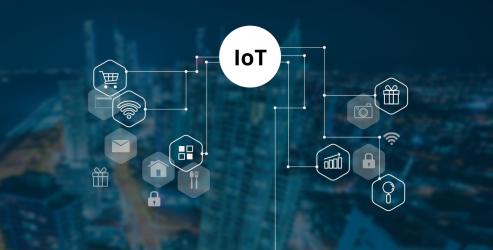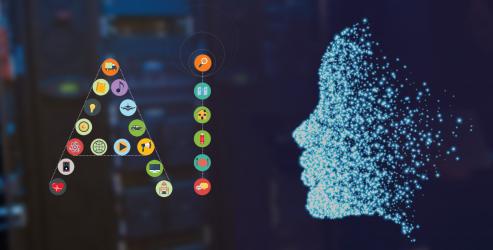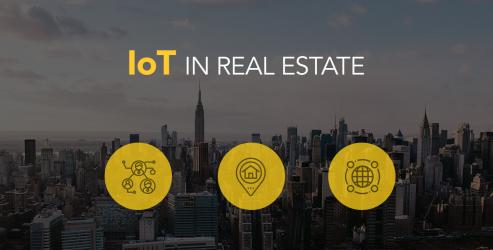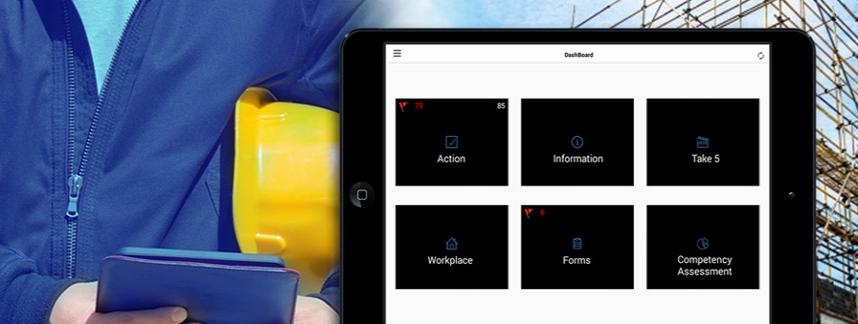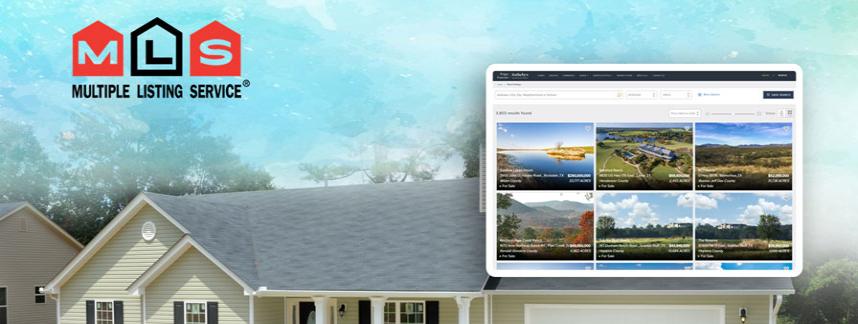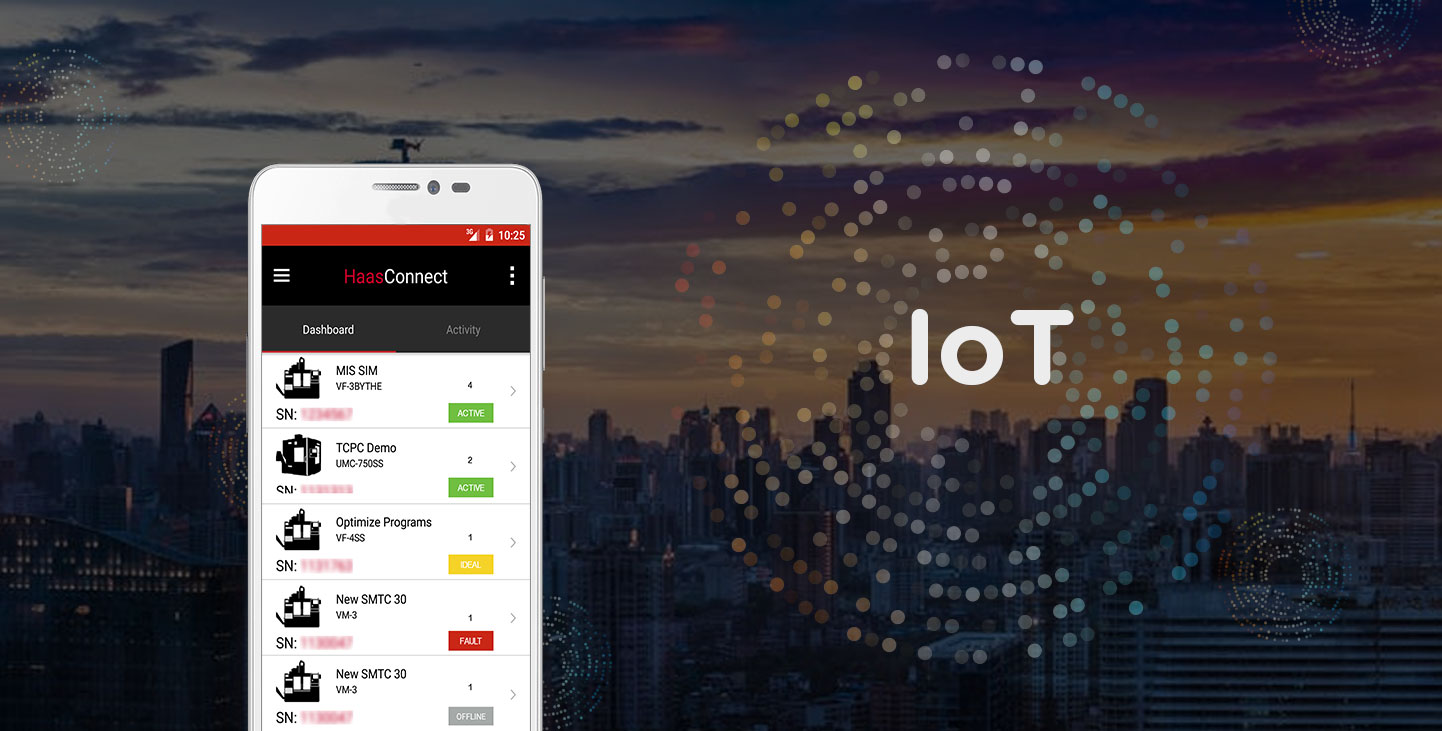
Connecting physical objects with IoT (Internet of Things), businesses are exercising better control on their assets, processes, and people to have an edge in the marketplace competition. Let?s see how companies across different sectors are making intelligent use of IoT to maximize productivity, reduce costs, and increase revenue.
1. IoT for Automotive Industry

The constituents of the automotive industry including OEMs and their partners have started adopting IoT to get rid of the intense pressure. It?s not just from their counterparts but also from watchdogs related to the environment, labor, finance, patent, insurance, and others. Not to underestimate the pressure of the growing expectation of consumers or buyers.
IoT is an enabler of the autonomous driving concept. It adds significantly to the convenience, provided the transport department complements the endeavor of the former by facilitating compatible infrastructure like quality road, cross-road, signals, etc. The collective effort makes a significant impact on the quality of life and pushes the economic engine by decongesting traffics and making goods reach faster to the defined locations.
Besides, IoT applications augment the in-vehicle experience with enhanced infotainment, voice recognition, heads-up displays, and other features. Connectivity with parking area is another key advantage.
2. IoT for Retail Industry
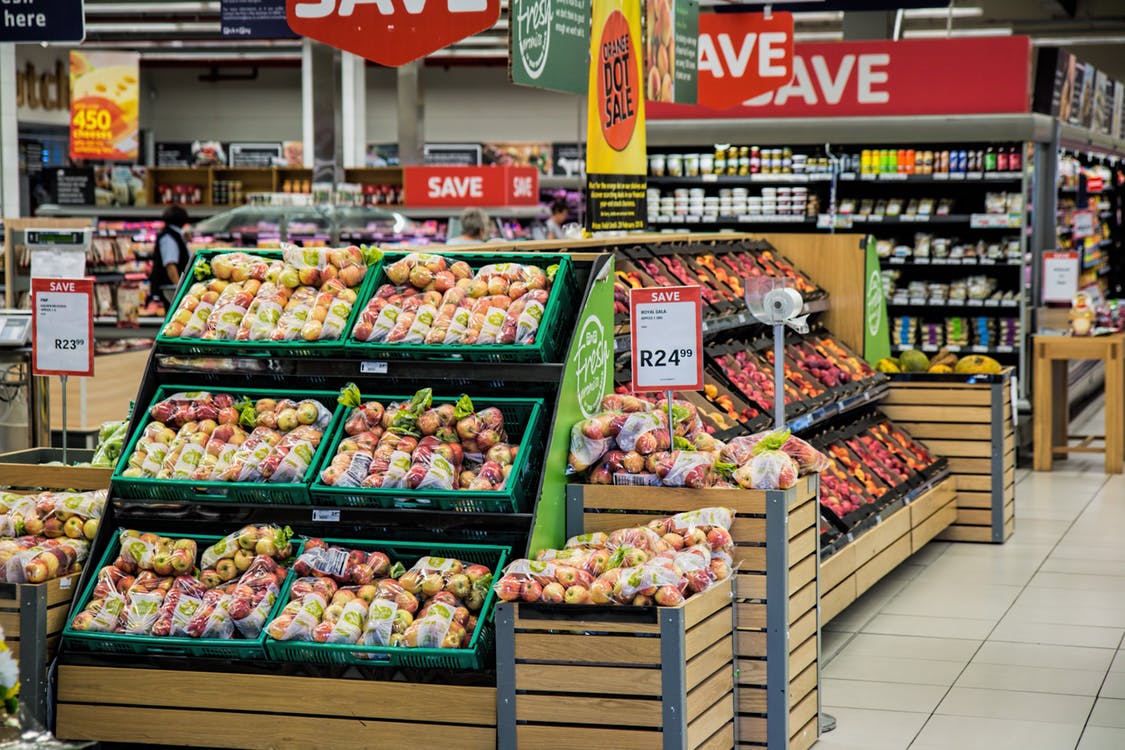
IoT coupled with artificial intelligence (AI) and virtual reality (VR) is significantly transforming the in-store retail landscape. Delivering data-driven insights, it?s enabling retailers to have a 360-degree view of the inventory, sales, and supply chain. It?s helping them to keep a check on out-of-stock and other problems, and with personalized experiences, it?s enabling retailers to strategize the upsell and cross-sell initiatives to drive ROI. The built-in analytics helps them to deliver richer customer experience, thereby translating a customer to a loyal customer.
3. IoT for Home Automation

IoT is the backbone of home automation. To equip consumers with the capabilities, they need to exercise remote control on their lightning, refrigeration, air conditioning, and security equipment or devices; they need to invest in reliable IoT application development services. The built IoT applications should embrace the diversity of devices that are in use. Moreover, it should be open, flexible, scalable and secure because consumers may need to add or remove equipment as per requirements and it?s intrinsically connected with the security and well-being of consumers.
However, with home automation gaining traction, it?s a must that the home automation service provider invest in intelligent context-based solutions. It?s imperative to use quality IoT-enabled home automation products that can respond to voice or text command harnessing the power of natural language processing.
4. IoT for Smart Manufacturing
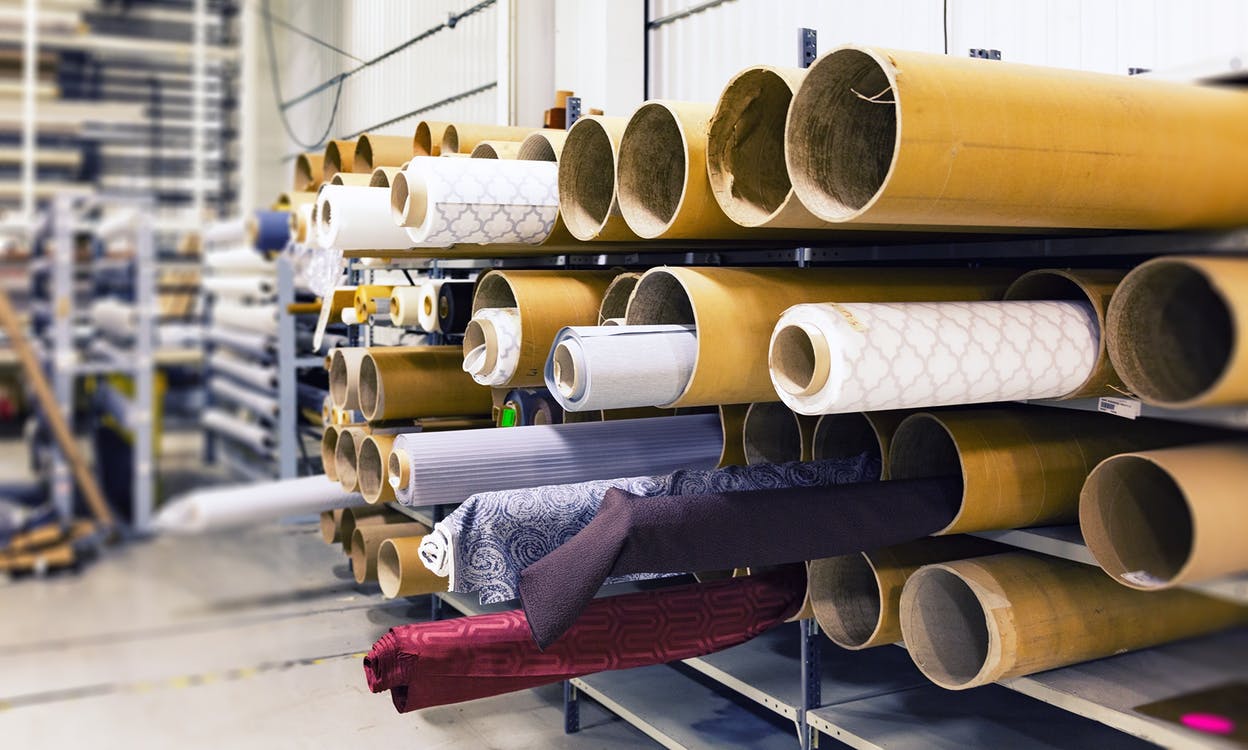
The manufacturing industry is embracing IoT faster than others. According to Business Insider, the industry will invest $140 billion in IoT solutions over the next five years.
So, what?s driving the manufacturers towards the Internet of Things applications? The obvious answer is to increase production and reduce costs. IoT is helping manufacturers to build their remote management, secure their critical infrastructure, and make intelligent data analytics tools to draw insights or trends.
Thus, they can unlock operational efficiency, optimize production, increase worker safety and emerge as an industry leader by responding to the emerging needs.
5. IoT for Energy Sector

Energy sector elements whether they are into power generation, power distribution or maintenance, needs an improved visualization and modeling, vulnerability assessments, and best practice security tools to cater to the today?s diversified businesses and consumers? needs. Also, they need to produce more power, distribute it better, and take care of the maintenance tasks, which could be planned or unplanned. However, in all these endeavors, they need to keep a tab on the cost, compliance, and security.
Luckily, IoT has come with a justifiable solution to help them stay more efficient in the current scenario and prepared better for the emerging one. They need to empower consumers (investing in the Internet of things application development) as well so that they can move to smart home. This is an opportunity - a new revenue stream.
6. IoT for Transportation Industry
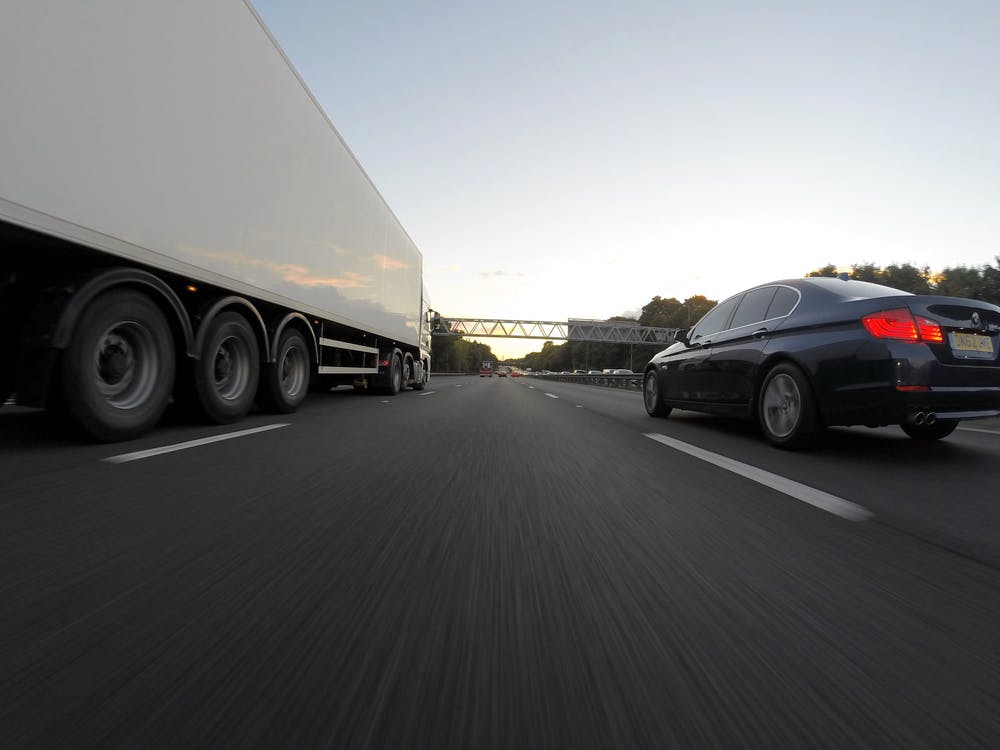
As of 2011, more than half of the world?s population resided in cities, and another 2.6 billion are expected to follow by 2025. Hence, the transport system is getting overburdened with users. We need better management of transport systems to support the effortless movement of passengers as well as goods without making any dent in the cost efficiency of passenger transport or logistics system.
The inception of IoT into the transport system can have a massive impact in solving the urbanization issues like a crowded road. It will also make a difference to the supply chain of other industries and, hence, to the economy of a state. Indirectly, the smoothness of transport will reduce road casualties and help in building a cleaner environment.
7. IoT for Healthcare Industry
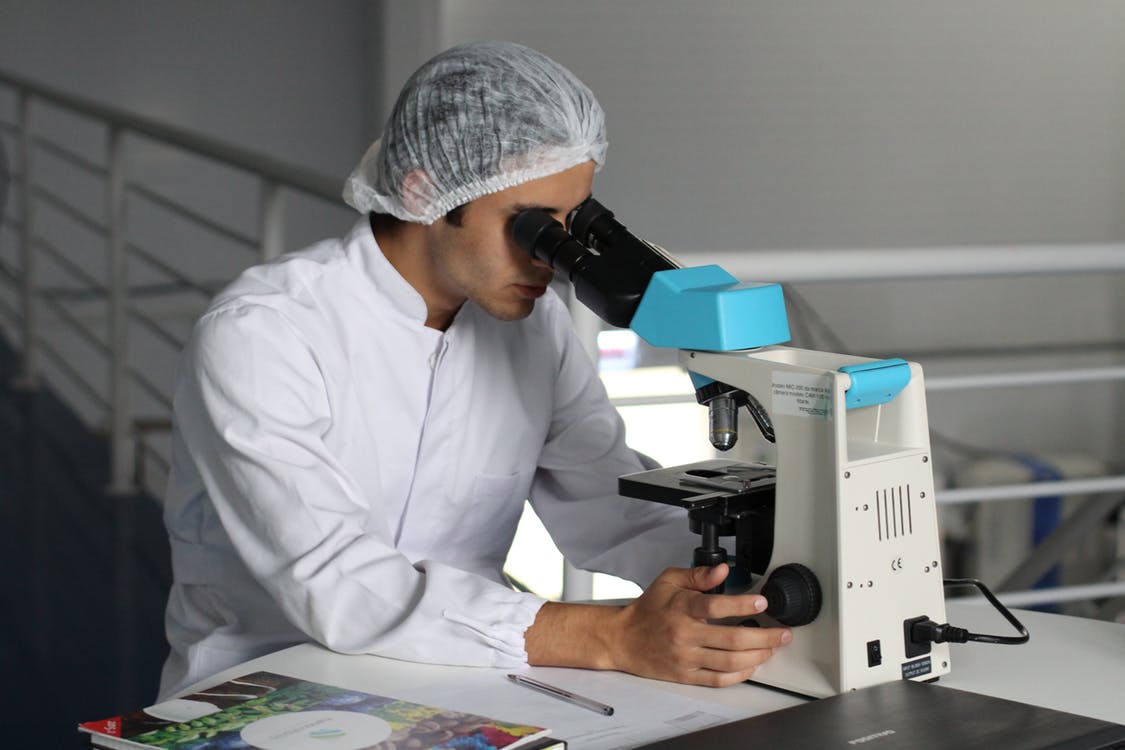
Healthcare industry is resorting to IoT application development to boost its curative and preventive healthcare endeavors. Data analytics, machine learning, and artificial intelligence help with the diagnostic and treatment of life-threatening lifestyle, epidemic, communicable as well as non-communicable diseases.
Increased data collection and processing capabilities of IoT is also valuable to the government when it comes to policy-making to ensure a better health for its citizens.
8. IoT for Agriculture

The most significant industry demands a revolutionary transformation citing the critical socio-economic problems like hunger, malnutrition, stunted growth, and other health hazards.
Fortunately, technology leaders have shifted their focus to this sector, and today we can see IoT making its way to the field, food processing, warehousing and transportation avenues or systems to take on the challenges. IoT application development has got diversified here based on different disciplines like farming, animal husbandry, pisciculture, hydroponics, and so on.
9. IoT for Smart Buildings

IoT services providers, OEMs, device manufacturers and IoT developers need to work in tandem with civil engineers and architects who are involved in catering to the housing and infrastructure needs of consumers and businesses.
Judicial use of IoT is enabling them to address soaring energy costs, sustainability, and code compliance. The IoT platforms help with connecting, managing, and securing devices that collect data from core systems. IoT for smart building helps with improving the convenience of occupants and enable them to have a better and safer life.
10. IoT for Education Industry

IoT, gradually, is making its way into the education system to provide a connected experience to teachers, learners and administrators, and regulators. It?s creating a win-win platform for everyone.
We can see schools and colleges resorting to interactive boards and digital highlighters. The development is supplementing the textbooks with digital QR codes. So books will soon become a thing of past. It will also help in simplifying the complex subject matters through the interactive digital classroom.
IoT development and integration enables administrators to create a safer campus. Integration of Radio-frequency identification (RFID) chips with the physical objects of the campus including walls, gates, doors, windows, etc. helps with round-the-clock monitoring of the campus.






